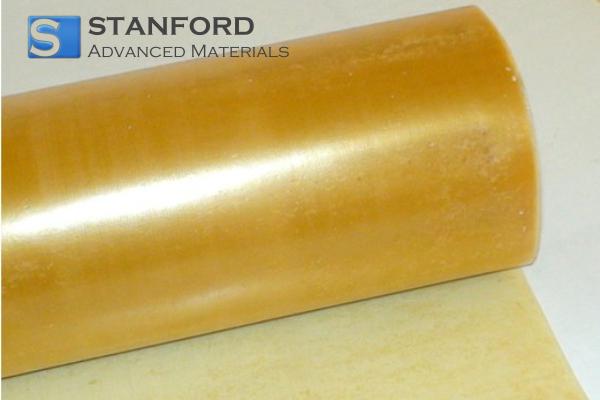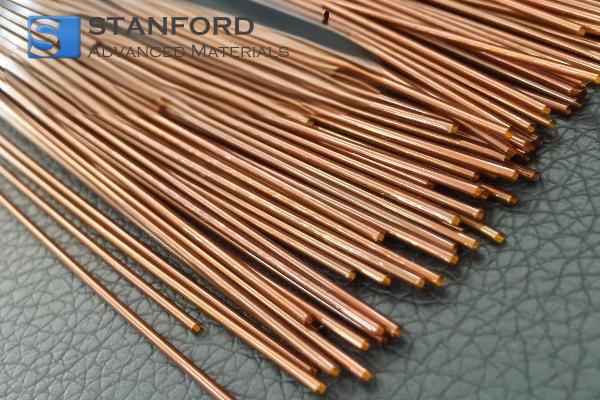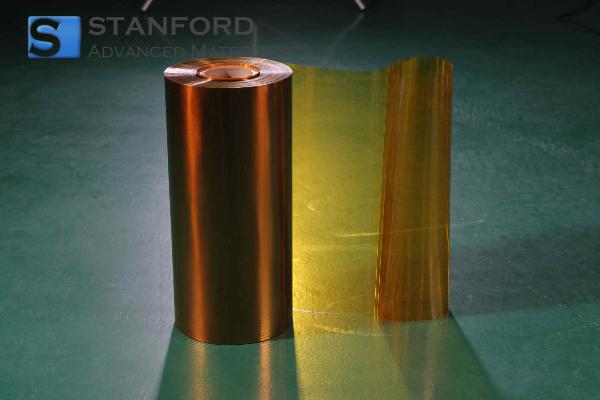Scandium: Element Properties And Uses
Description
Scandium is a chemical element with defined characteristics and numerous industrial applications. This article provides an overview of its properties, uses and extraction methods.
Introduction to Scandium
Scandium, designated as Sc in the Periodic Table, is a rare metal that belongs to the transition metals. Its atomic number is 21. Although it is less well known than some other metals, it plays a significant role in various industrial processes. It was discovered in 1879 by Lars Fredrik Nilson and named after Scandinavia, where the element was first identified. Due to its rarity, Scandium is employed in limited quantities.
Chemical Properties Description
Scandium exhibits moderate chemical reactivity compared to other transition metals. It reacts slowly with oxygen in the air and forms a protective oxide layer that prevents further corrosion. Scandium shows a relatively high affinity for nitrogen and forms compounds with nonmetals such as sulphur and halogens.
In its ionic state, Scandium generally assumes a +3 oxidation state and forms ionic bonds with halides and other compounds. Scandium compounds are typically colourless or white and are used in small quantities in various chemical reactions and the production of alloys.
Physical Properties – Data Table
Scandium exhibits several measurable physical properties that make it of interest for specific applications. The table below summarises these properties:
|
Property |
Value |
|
Atomic Number |
21 |
|
Atomic Mass |
44,955 g/mol |
|
Density |
2,985 g/cm³ |
|
Melting Point |
1,540°C (2,804°F) |
|
2,840°C (5,144°F) |
|
|
Electrical Conductivity |
Good |
|
Appearance |
Silvery-white, metallic |
|
Crystal Structure |
Hexagonal close-packed (hcp) |
Due to these properties, Scandium is utilised in selected industrial applications, such as aerospace and electronics. Further details are available at Stanford Advanced Materials (SAM).
Common Uses of Scandium
Despite its rarity and high cost, Scandium is applied in specialised fields. It is used primarily in aerospace, alloy production and lighting applications. The list below outlines several uses:
- Aerospace: Scandium is added to aluminium alloys to increase strength, reduce weight and improve performance. These alloys are used in aircraft, spacecraft and sporting goods.
- Lighting: Scandium compounds such as Scandium iodide are employed in metal halide lamps to generate efficient illumination.
- Electronics: Scandium is incorporated into certain specialised electronic components, for instance in fuel cells and superconductors.
- Sporting Goods: Some sports equipment, including bicycles and baseball bats, is manufactured using aluminium alloyed with Scandium to enhance strength and decrease weight.
Methods of Scandium Production
Scandium is usually extracted from minerals such as thortveitite or recovered as a byproduct of uranium or rare earth element mining. The process comprises several steps. Separation is achieved by solvent extraction, followed by purification to isolate the metal. Given that Scandium is rare, it is produced in limited volumes.
Related Industrial Products
Scandium plays a crucial role in several high-technology industrial products. Related products include:
- Aluminium-Scandium Alloys: These alloys are employed in aerospace components and offer a favourable strength-to-weight ratio.
- Metal Halide Lamps Based on Scandium: These lamps provide efficient lighting for applications such as street and stadium illumination.
- Solid-State Batteries: Scandium compounds are used to enhance battery performance and stability.
Frequently Asked Questions
What is Scandium used for?
Scandium is primarily used in materials for aerospace, alloy production and lighting applications. It is also incorporated into electronics and sporting goods.
Is Scandium rare?
Yes, Scandium is classified as a rare element. It occurs in trace amounts in minerals and is not typically found in large deposits.
Can Scandium occur naturally?
Yes, Scandium is present naturally in various minerals, primarily in thortveitite, although only in very small quantities.
What are the main physical properties of Scandium?
Scandium is a silvery-white metal with a high melting point and good electrical conductivity. It is relatively light and has a density of 2,985 g/cm³.
How is Scandium produced?
Scandium is extracted from rare minerals by means of solvent extraction, followed by purification to isolate the metal. This process is complex due to the element’s rarity.

 Bars
Bars
 Beads & Spheres
Beads & Spheres
 Bolts & Nuts
Bolts & Nuts
 Crucibles
Crucibles
 Discs
Discs
 Fibers & Fabrics
Fibers & Fabrics
 Films
Films
 Flake
Flake
 Foams
Foams
 Foil
Foil
 Granules
Granules
 Honeycombs
Honeycombs
 Ink
Ink
 Laminate
Laminate
 Lumps
Lumps
 Meshes
Meshes
 Metallised Film
Metallised Film
 Plate
Plate
 Powders
Powders
 Rod
Rod
 Sheets
Sheets
 Single Crystals
Single Crystals
 Sputtering Target
Sputtering Target
 Tubes
Tubes
 Washer
Washer
 Wires
Wires
 Converters & Calculators
Converters & Calculators
 Write for Us
Write for Us




 Chin Trento
Chin Trento



